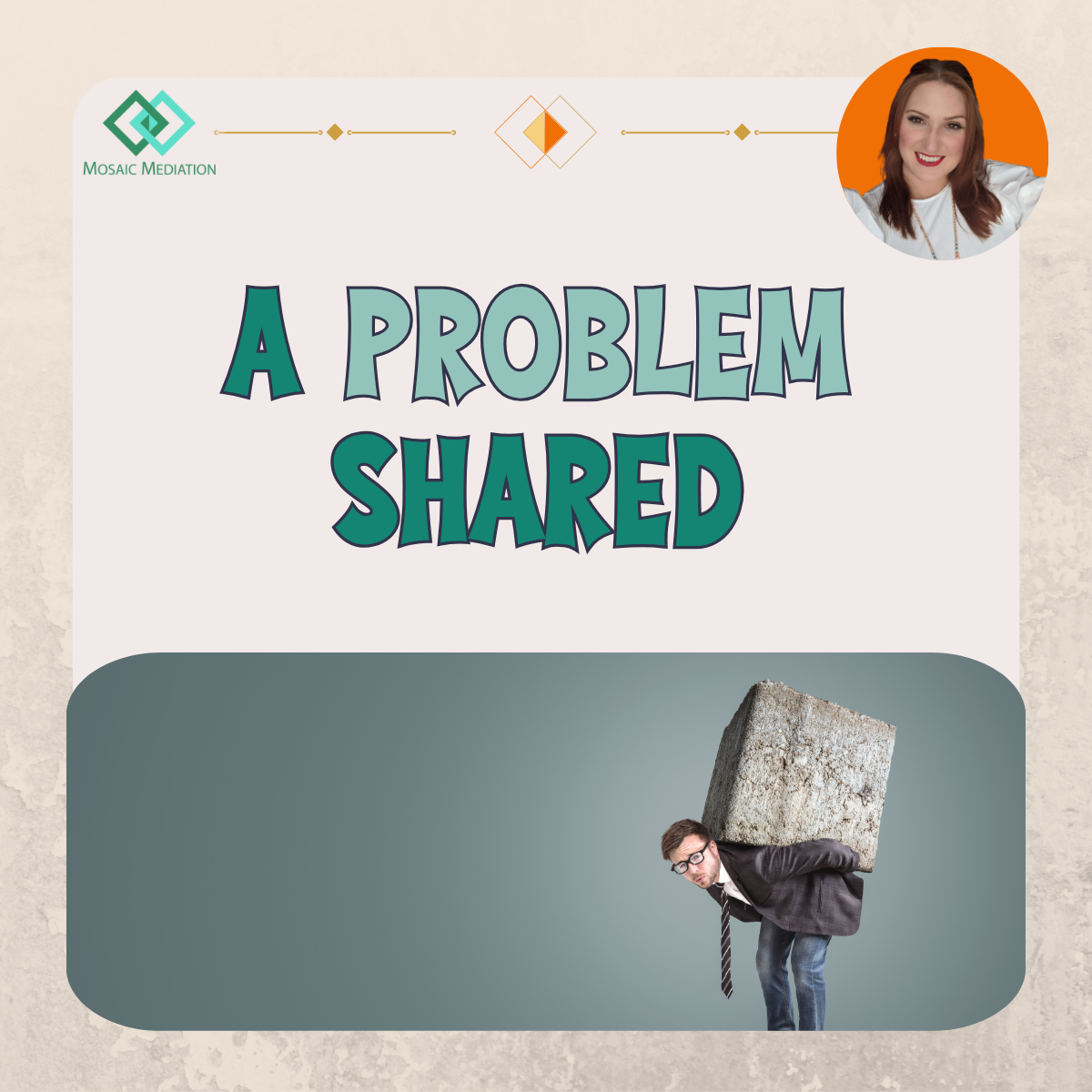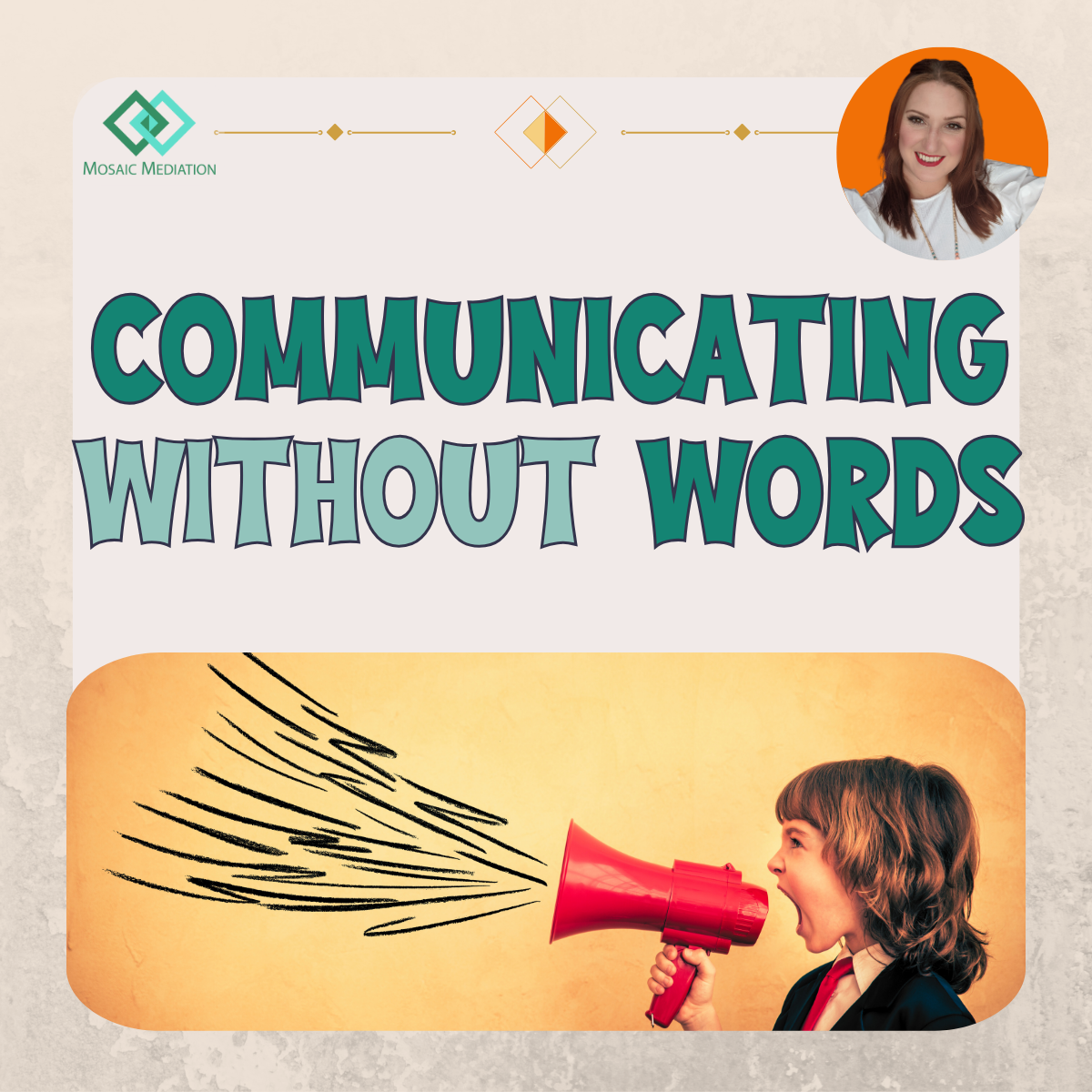Watch Your Tone!
We have all heard the sayings: “It’s not what you say, it’s how you say it” or “It wasn’t the words, it was the delivery” or, a parenting favourite, “Watch your tone!”
So, it should be no surprise that when we communicate with someone, our tone of voice plays a great role in how well – or how badly – that conversation goes. Research consistently finds that communication is made up of 3 elements: words, body language and tone of voice. Albert Mehrabian developed a communication model around the 1970s which demonstrated the importance of non-verbal communication. Some people refer to it as the 7-38-55 model, because according to Mehrabian only 7% of our communication is verbal. Our intonation represents 38%, and our body language represents 55% of what is communicated.
Just think of the number of times someone has said something which, if their tone had been friendlier or their body language more warm, their words would have been received better. Think of the times you weren’t able to believe someone was being genuine, even if they were saying all the right words.
There may also have been times when you have said something to a colleague and it has been received in a way that you did not at all expect – is it possible that they responding to your tone or body language, instead of your words?
Mehrabian’s theory suggests that to have effective communication, all three elements need to support each other – i.e. that your body language and your tone and your words are all delivering the same message. If you say something with a positive tone but your body language is aggressive, then you will be giving a very mixed message. If you say that you are listening to someone but then don’t give eye contact or respond with a dismissive tone, the other person is unlikely to believe you are being genuine.
Miscommunications and misunderstandings form a large part of unnecessary conflict. So often, people are unfortunately unaware of their own body language and tone of voice and this can lead to offense or hurt being caused but with completely innocent intentions. Being able to communicate effectively with those that you work with, with clients or with management can only be a positive thing. So, it pays to be aware of how you are coming across to other people and whether your words match your tone and body language.
Our tone of voice is often said to ‘tell the truth our words don’t’ . A person could say something very complimentary but if they have a critical tone of voice, it implies negative connotations. When our tone doesn’t match the words used, it is likely to make the other person doubt how genuine we are being. This also applies to what words a person puts emphasis on – i.e. with the phrase ‘I didn’t say I hate you’, try putting the emphasis on a different word each time and notice how it completely changes the meaning of the sentence.
Body language, according to Mehrabian’s theory, is even more significant. Body language can include: eye contact, posture, physical gestures and facial expressions. Picture a toddler stamping their feet and frowning whilst also saying, “I am not cross!” The majority would believe their body language over their words. If someone is being vulnerable and the other person’s body language is closed off – crossed arms, no eye contact, blank expression – but then they say ‘I am here for you’, their words are not going to feel genuine.
It can take time and effort to change habits in communication but here are some tips to help:
-
Pause – When responding to someone, particularly on a sensitive topic, being able to pause gives you time to be aware of what message you are sending out through your words, body language and tone of voice, so that they don’t get a mixed message.
-
Reframing – This is when you take something which could easily be taken negatively and reframe it so that it feels more positive and helps the other person more receptive to the comment or question. This is a powerful tool in being able to communicate honestly but yet also ensuring it is received in the best way.
-
Be honest – By being honest with yourself when there are elements of your communication style which need work, you will then be able to address them. Also allow for the possibility that you could be wrong in how you have received what someone else has communicated – that you may have made incorrect assumptions or your perceptions based on what you have previously experienced may have clouded your judgment.
-
Focus – What is the goal? For most people, it is for the other person to understand what they are trying to communicate and, most of the time, the aim is also to have a healthy – personal or professional – relationship. When communicating about a sensitive issue and when emotions are heightened, we can lose focus on those aims and doing so is likely to result in poor and ineffective communication.
-
Watch – When you are talking to someone, they will be responding non-verbally in one way or another. Seeing how their body language and facial expression changes as you speak will give you clues as to how they feel about what you are saying and behaving. If they start to withdraw physically, they may be feeling defensive or hurt. If their response is completely unexpected, maybe you aren’t communicating as effectively as you had hoped.
If two people also have a history of communicating poorly, it takes an even more focussed effort to change habits of communication, seek clarity of intentions and to ensure no mixed messages are received. When trying to communicate effectively with people, it certainly helps to understand their perspective and any personal sensitivities they may have which could influence how they receive what is being relayed, and equally how they respond.
Words on their own are powerful and it is important to be aware of how much certain words can affect people and, therefore, influence how they respond. We need to be conscious of the fact that if we don’t put in the effort into communicating effectively with others then it has the potential to lead to miscommunication, misunderstandings, unhealthy relationships and unnecessary conflict.
Mediation is a great tool to help challenge damaging or unhealthy communication habits. If you want to know more about how mediation could make a positive difference to a challenging situation between people in your workplace, or any other areas of conflict or dispute, please get in contact by emailing emma.jenkings@mosaicmediation.co.uk or via the Contact page.











